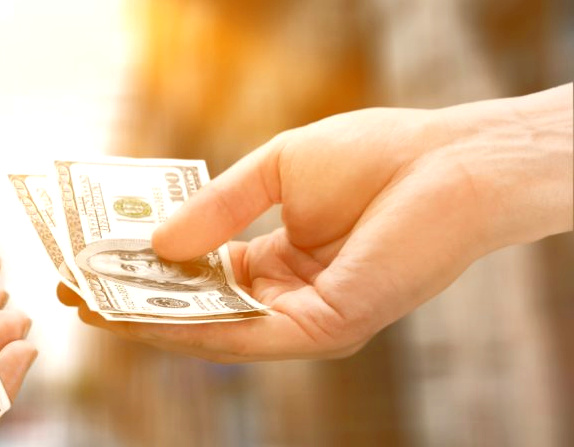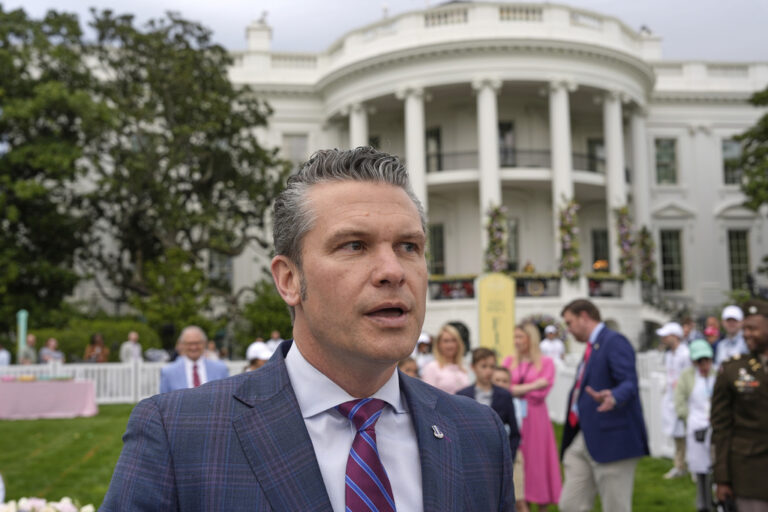2025 SBA Financing Rates: Trends and Predictions Every Entrepreneur Should Watch For.
By Aron Gold.
The anticipation of the new year brings with it a lot of excitement and hope for entrepreneurs. Hope for a better future and for a productive and successful year for their businesses.
Reasons why entrepreneurs plan on securing financing for their businesses have been keeping an ever-watchful eye on SBA financing rates as we close in on 2025.
How are SBA loan rates expected to evolve in the new year? What factors and/or trends would influence these rates? These are some of the many questions that are running through the minds of entrepreneurs right now.
Read on as we dive deep into the predicted trends for SBA financing rates in 2025 and highlight factors impacting them.
What are SBA financing rates? A refresher
SBA loans are government-backed loans provided by SBA-approved lenders, typically banks, credit unions, and other financial institutions.
They are designed to help small businesses that might not qualify for traditional bank loans.
Two factors determine SBA financing rates:
SBA’s maximum allowable spread
The spread is a fixed percentage added to the base rate, pre-determined by the lender.
The base rate
The base rate is generally tied to an external benchmark, such as the prime rate or LIBOR (London Interbank Offered Rate).
Let’s understand this through an example. For example, if the prime rate is 4% and the lender adds a spread of 2%, the SBA loan rate would be 6%.
These rates also vary depending on the specific SBA loan program. An SBA 7(a) loan would have a very different rate in comparison to an SBA 504 loan.
Trends influencing SBA financing rates in 2025
While nobody can predict the future down to a T, here are some trends we see influencing SBA financing rates in 2025.
Economic Conditions
One of the biggest factors influencing SBA financing rates in 2025 is the state of the economy. The economic landscape in 2025 will likely be shaped by inflation rates, GDP growth, and interest rate set by the Federal Reserve.
If inflation continues to be a concern or if the Fed keeps interest rate high to curb inflation, SBA loan rates could increase. Conversely, if inflation is under control and the economy stabilizes, rates might drop.
Federal Reserve Policies
The Federal Reserve’s monetary policy decisions are crucial in determining SBA financing rates. If the Fed continues to raise interest rates to combat inflation, we can expect higher SBA loan rates.
On the other hand, if the Fed shifts towards rate cuts to stimulate economic growth, SBA loan rates could see a decline. Entrepreneurs should keep an eye on Fed announcements and economic reports to gauge the direction of SBA loan rates.
Loan Demand
The demand for SBA loans also plays a role in shaping financing rates. If there is high demand for loans, lenders may raise rates to balance the supply and demand equation.
Conversely, in a period of low demand, lenders may lower rates to attract borrowers. In 2025, as more businesses recover from pandemic challenges and economic uncertainty, demand for SBA loans may rise, potentially influencing rates.
Global Market Influences
Global economic conditions can impact SBA financing rates as well. For example, if there are disruptions in the global supply chain, rising commodity prices, or geopolitical tensions, these factors can lead to inflationary pressures, which would influence interest rates.
Additionally, the US dollar’s strength on the global stage can impact the cost of borrowing for American banks, which in turn affects SBA loan rates.
Predictions for SBA Financing Rates in 2025
So, what can we expect in terms of SBA financing rates in 2025? While it’s impossible to predict the future with absolute certainty, here are some expert predictions based on current economic trends:
Gradual Rate Increase
Based on the Federal Reserve’s stance on inflation control, it is predicted that SBA loan rates may see a gradual increase in 2025.
Experts believe that the Fed will likely maintain a tight monetary policy through early 2025, which could result in higher borrowing costs for small businesses. This means that entrepreneurs should be prepared for slightly higher SBA financing rates.
Fluctuations in Short-Term Rates
While long-term SBA financing rates might trend upwards, short-term rates could fluctuate based on economic conditions and lender competition.
Lenders may adjust short-term SBA loan rates to remain competitive, especially as more financial institutions embrace digital lending platforms and other innovations to attract small business borrowers.
Increased Focus on Creditworthiness
With an economic landscape that may remain uncertain, lenders are expected to place more emphasis on the creditworthiness of borrowers.
This means that businesses with strong credit profiles may be able to secure SBA loans at more favorable rates, while those with lower credit scores may face higher rates or more stringent approval requirements.
Best SBA Loan Rates
Entrepreneurs seeking the best SBA loan rates in 2025 will need to be proactive and shop around.
As competition among lenders increases, businesses that compare multiple loan offers and consider various SBA programs may find more attractive financing terms.
For instance, SBA 7(a) loans and SBA Express loans might offer different rates, and understanding the nuances of each option will be essential for businesses looking to secure the best deal.
The bottom line
Looking to 2025, a variety of factors from the economic outlook to Federal Reserve policies to even market demand will influence SBA financing rates.
Understanding emerging trends and staying informed will be key for small businesses looking to make the most of SBA financing opportunities in 2025.
By staying ahead of the curve by proactively bolstering their financial profiles and seeking out the best SBA loan rates, entrepreneurs can continue to grow their businesses and thrive in an ever-evolving economic environment. Leaving a trail of their competition behind.










